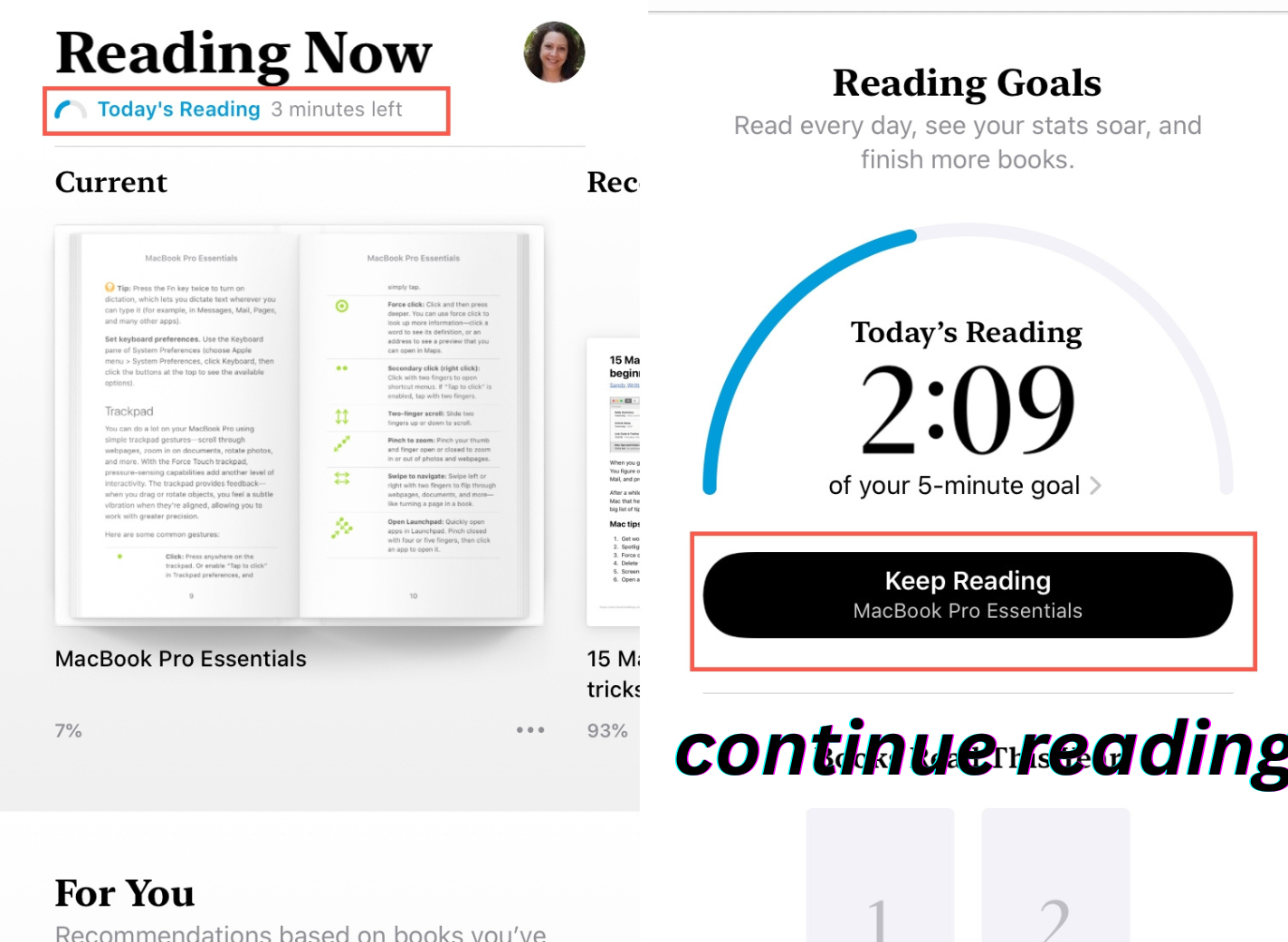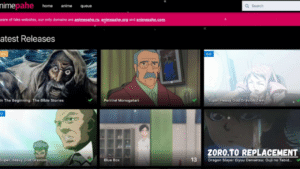Continue Reading The Psychology Technology and Future of Reader Engagement
In an age of ever-shrinking attention spans and information overload, the phrase “Continue Reading” has become a powerful tool in the digital content ecosystem. Whether you’re browsing a news article, reading a blog post, or skimming an online magazine, you’ve likely encountered a “Continue Reading” prompt nudging you to dive deeper into the content. But this seemingly simple feature plays a much bigger role than just breaking up text—it’s a gateway to sustained reader engagement, content monetization, and improved user experience.
Understanding how and why users choose to continue reading offers critical insights for publishers, marketers, and UX designers alike. The feature is not just about aesthetics; it’s about psychology, behavior, and technology converging to meet a single goal—keeping the reader’s attention. This article explores the multifaceted role of the “Continue Reading” element in today’s digital content landscape, delving into the psychology behind it, design best practices, and future trends shaped by artificial intelligence and user data.
By the end of this deep dive, you’ll have a clear understanding of how “Continue Reading” features influence user behavior, optimize website performance, and shape the future of digital storytelling. Whether you’re a content strategist, web developer, or just a curious reader, this guide will enrich your understanding of a feature we often overlook but rely on every day.
The Psychology Behind Continue Reading
The success of a “Continue Reading” feature lies in its ability to trigger natural psychological responses. Human attention is limited and highly selective, especially online. With the average attention span now estimated at just 8 seconds, digital interfaces must capture and maintain interest quickly. “Continue Reading” acts as a subtle psychological nudge, encouraging the brain to seek closure or satisfy its curiosity by reading further.
One of the primary mechanisms at play is the Zeigarnik Effect, a psychological phenomenon that states people remember incomplete tasks better than completed ones. When a snippet of content ends with a teaser and a “Continue Reading” link, it creates a mental itch—an unfinished narrative that the brain wants to resolve. This drives users to click through, not out of obligation, but because their mind craves completion.
Additionally, the concept of information foraging theory applies. Users behave like information predators, constantly scanning for the most rewarding content. “Continue Reading” serves as a scent trail that hints at value further down the path. It promises more insights, more entertainment, or more utility, depending on the content type. When strategically placed, it turns passive scrollers into active readers, guiding them through longer content without overwhelming them.
Finally, visual segmentation of text, supported by “Continue Reading” breaks, can help reduce cognitive load. When readers see bite-sized previews rather than walls of text, they feel more in control. It invites them to commit incrementally, which increases overall time spent on the page and boosts content completion rates.
The UX/UI Science of Continue Reading Features
From a UX/UI perspective, the design and placement of “Continue Reading” features are essential to their effectiveness. The right balance between visual appeal and functionality can significantly enhance user engagement. Poorly designed or poorly timed prompts can disrupt the flow and frustrate users, whereas thoughtful integration can make the content journey seamless and enjoyable.
One best practice is placing the “Continue Reading” button immediately after a teaser or excerpt, especially on mobile screens where vertical scrolling is the norm. This ensures that the user’s interaction with the button feels intuitive and doesn’t require unnecessary hunting. The button should be clearly labeled, ideally with action verbs like “Continue Reading,” “Read More,” or “Explore Further,” rather than vague symbols or generic CTAs.
Micro-interactions also play a pivotal role. Simple animations—like fading text, sliding transitions, or expanding boxes—can create a more dynamic and responsive experience. These elements signal to the user that their action has triggered a meaningful result, which helps build trust in the platform.
Mobile responsiveness is another crucial consideration. With over 60% of web traffic now originating from mobile devices, ensuring that the “Continue Reading” feature is easily clickable and legible on small screens is non-negotiable. It should also comply with accessibility standards, such as appropriate contrast, font size, and touch target area.
Case studies from platforms like Medium or major news outlets show that well-implemented “Continue Reading” sections can significantly reduce bounce rates and encourage deeper exploration of content archives.
Continue Reading in Digital Publishing & Content Strategy

In digital publishing, the “Continue Reading” feature is more than just a UX element—it’s a strategic asset. It influences several key metrics such as bounce rate, average session duration, and user retention. Publishers use this feature to guide readers through longer articles or link to related pieces, effectively increasing the number of page views per session.
From a content strategy standpoint, “Continue Reading” can be used to tease premium content, especially in subscription-based models. For instance, many media outlets offer the first few paragraphs of a story for free, followed by a “Continue Reading” prompt that redirects to a paywall or registration gate. This strategy helps hook readers emotionally and intellectually before presenting a conversion opportunity.
There’s also an SEO angle to consider. While some might worry that hiding content behind a click could harm search engine visibility, modern search algorithms are sophisticated enough to crawl and index dynamically loaded content. However, ensuring that the hidden portion loads cleanly without JavaScript errors or latency is critical for both performance and SEO health.
Content teams also use A/B testing to refine the phrasing, position, and style of “Continue Reading” features. Analytics can reveal which versions perform best, offering data-backed insights into user preferences. Over time, this iterative process can optimize engagement and improve content ROI across the board.
The Role of Technology in Shaping Reading Behavior
Emerging technologies are transforming how “Continue Reading” features work and how users interact with them. One of the most significant developments is the use of artificial intelligence and machine learning to personalize content continuation. Algorithms can now analyze user behavior in real time and suggest where or when to insert a “Continue Reading” prompt based on individual engagement patterns.
Scroll depth tracking tools are increasingly used to determine the exact moment a reader loses interest. This data helps publishers insert content breaks or “Continue Reading” CTAs at optimal points, thereby maximizing the likelihood of click-through. Such dynamic content structuring is made possible by AI-driven CMS platforms that adapt in real time.
Another technological shift is the adoption of lazy loading and infinite scroll mechanisms, which allow content to load progressively as the user moves down the page. These features reduce initial load time while offering a seamless reading experience. “Continue Reading” prompts are often integrated within these systems to gently transition users through content without jarring interruptions.
Predictive analytics also play a growing role. By analyzing large datasets of reading behavior, AI models can forecast which topics or formats will likely hold a user’s attention. This enables content personalization at scale, creating a virtuous cycle of engagement that benefits both readers and publishers.
Challenges and Ethical Considerations
Despite its benefits, the “Continue Reading” feature comes with a set of ethical and usability challenges. One concern is the use of manipulative design patterns—known as dark UX—that trick users into clicking through unnecessarily. This could include misleading headlines, deceptive previews, or obscured paywalls, all of which damage user trust and credibility.
Reader fatigue is another issue. Over-segmentation of content—especially when used solely to inflate ad impressions—can irritate users. If every few paragraphs are interrupted by a “Continue Reading” prompt, the reading flow becomes disjointed and frustrating. It’s a delicate balance between guiding the user and over-engineering the experience.
Accessibility is often overlooked. Users with cognitive disabilities, motor impairments, or visual challenges may struggle to interact with improperly designed prompts. Designers must ensure that “Continue Reading” buttons are fully navigable with screen readers, keyboard shortcuts, and voice commands, adhering to established accessibility standards like WCAG.
Lastly, content creators must walk a fine line between monetization and reader satisfaction. While ad revenue and subscriptions are essential, they should never come at the expense of the user’s trust. Transparent labeling, ethical content previews, and an emphasis on genuine value can go a long way in maintaining reader loyalty.
Conclusion
“Continue Reading” may seem like a small feature, but it holds immense power in shaping how we consume digital content. It’s a touchpoint where psychology, design, and technology converge to influence behavior in subtle yet significant ways. From driving user engagement and improving SEO to enhancing mobile experiences and informing AI-driven personalization, this feature is central to modern content strategies.
As we move forward, the challenge will be to continue innovating while staying grounded in ethical and user-friendly practices. The future of reading is not just about delivering more information—it’s about delivering it meaningfully, and ensuring that readers want to continue the journey.
FAQs
What does “Continue Reading” mean in web design?
It refers to a clickable link or button that expands hidden content, often used to improve layout, increase engagement, or lead to separate pages.
How does a “Continue Reading” button affect SEO?
If implemented properly using crawlable HTML or structured data, it won’t negatively impact SEO. Avoid hiding content via non-indexable JavaScript.
Is it better to use infinite scroll or pagination for articles?
Both have their merits. Infinite scroll works well for feed-based content, while pagination is better for user control and SEO.
Can AI predict whether someone will keep reading an article?
Yes, AI can analyze user interaction data to predict reading behavior and optimize content accordingly.
How do I make my blog posts more engaging to encourage continued reading?
Use compelling intros, break content into readable sections, add visual cues, and place “Continue Reading” strategically to maintain flow.
You May Also Read: https://otswroldtime.com/














Post Comment